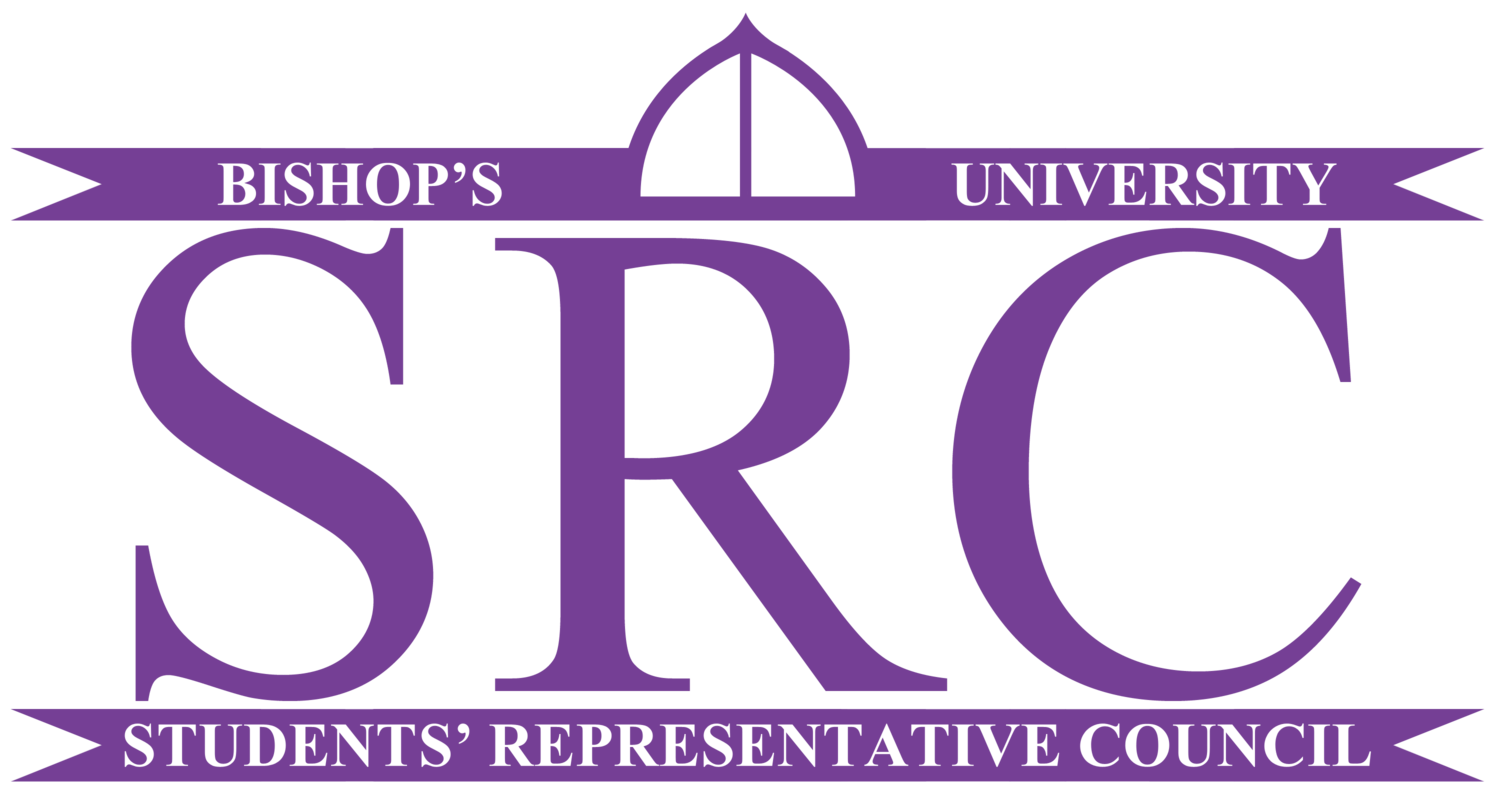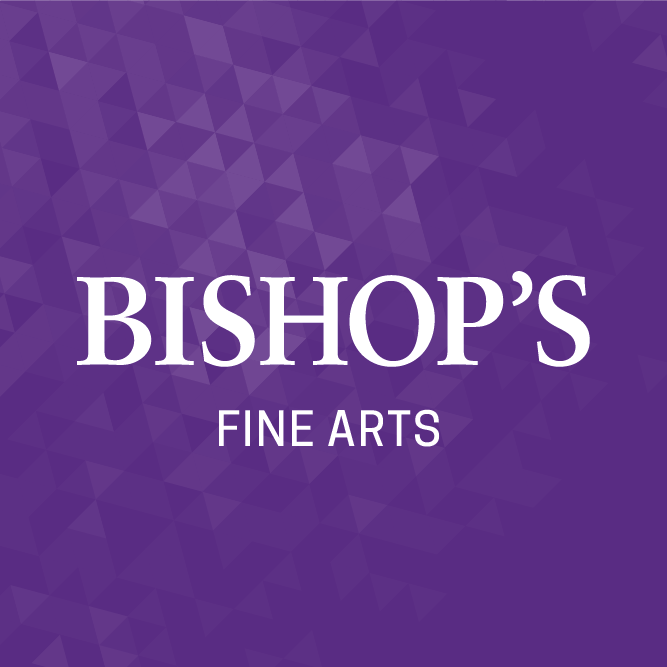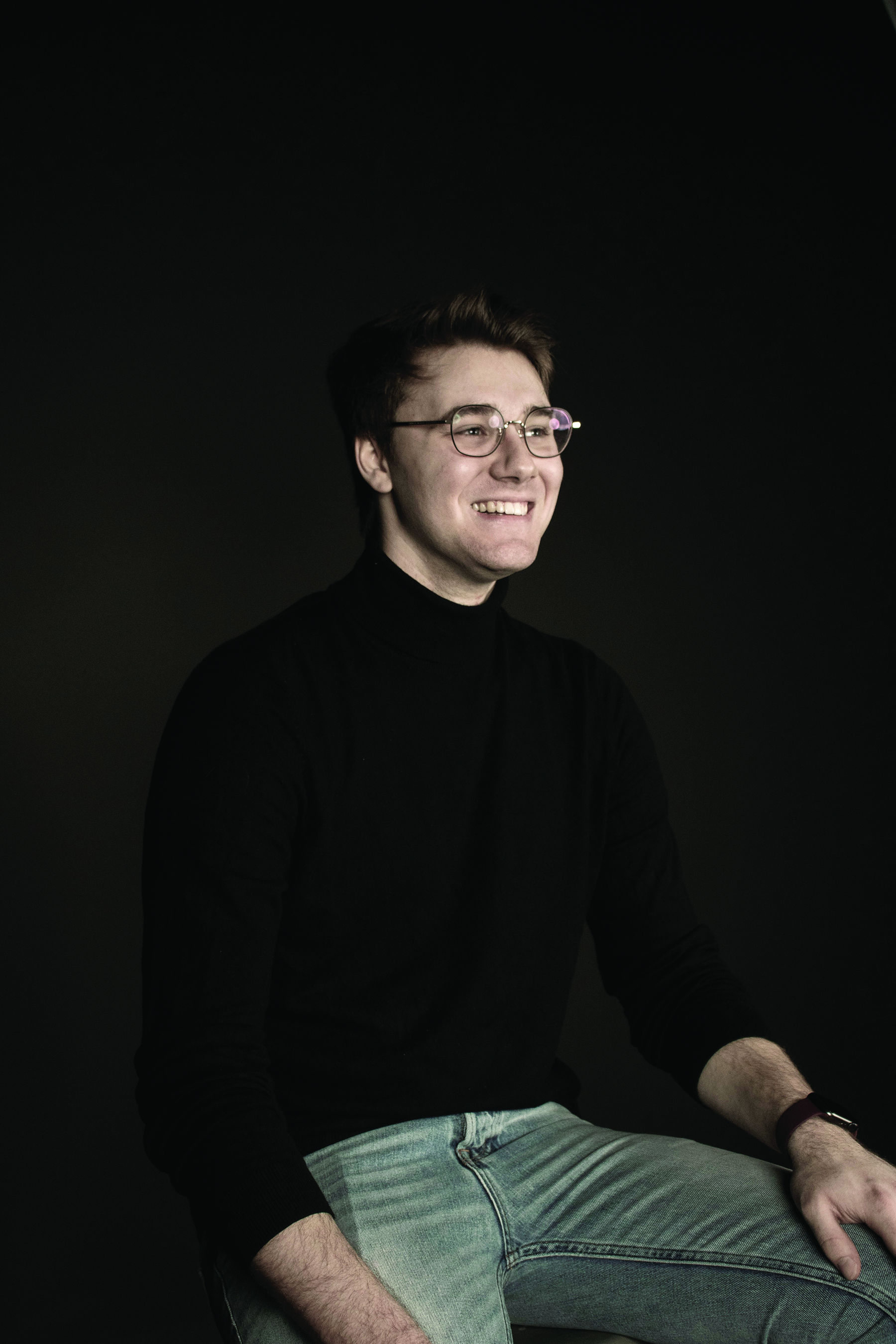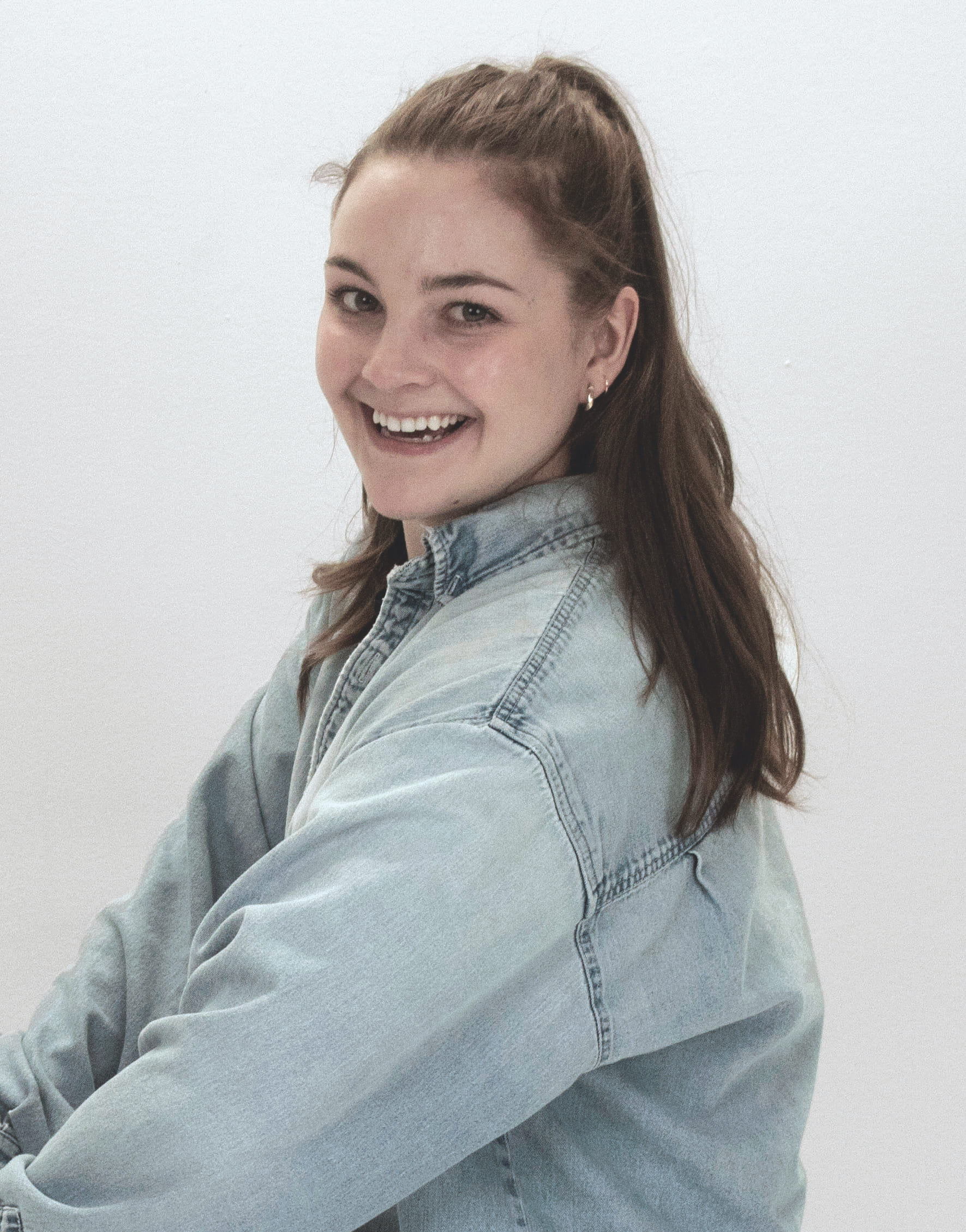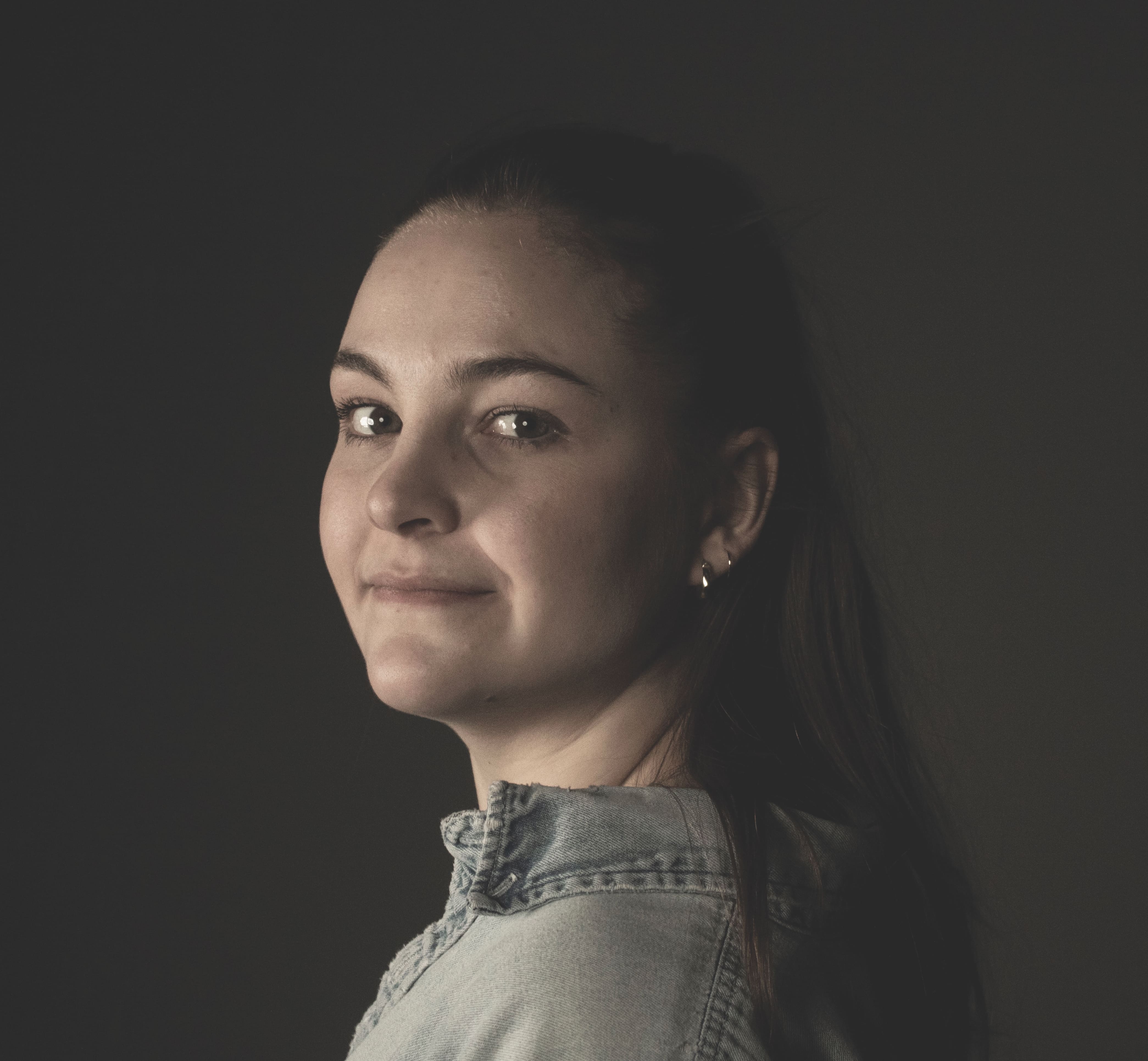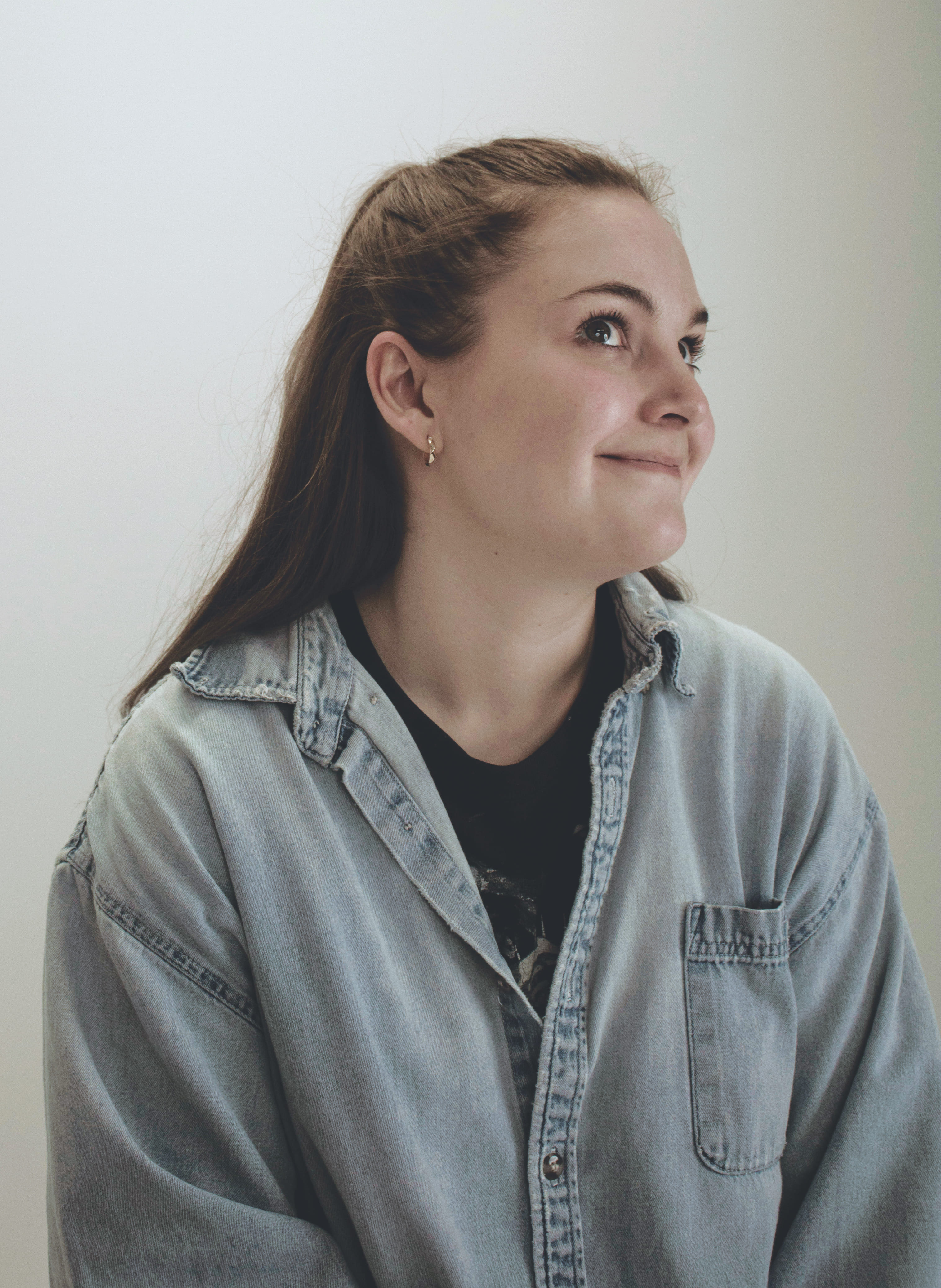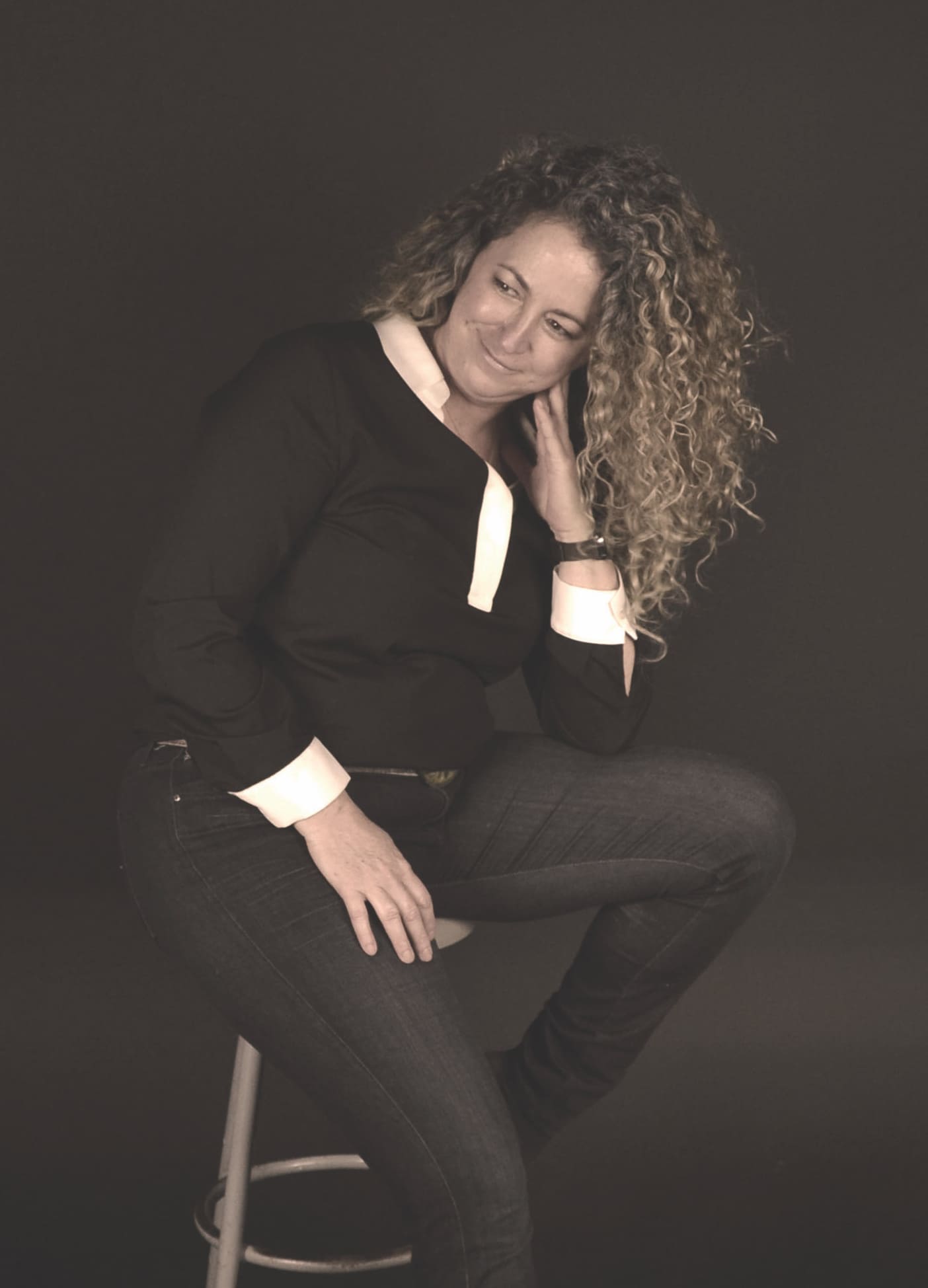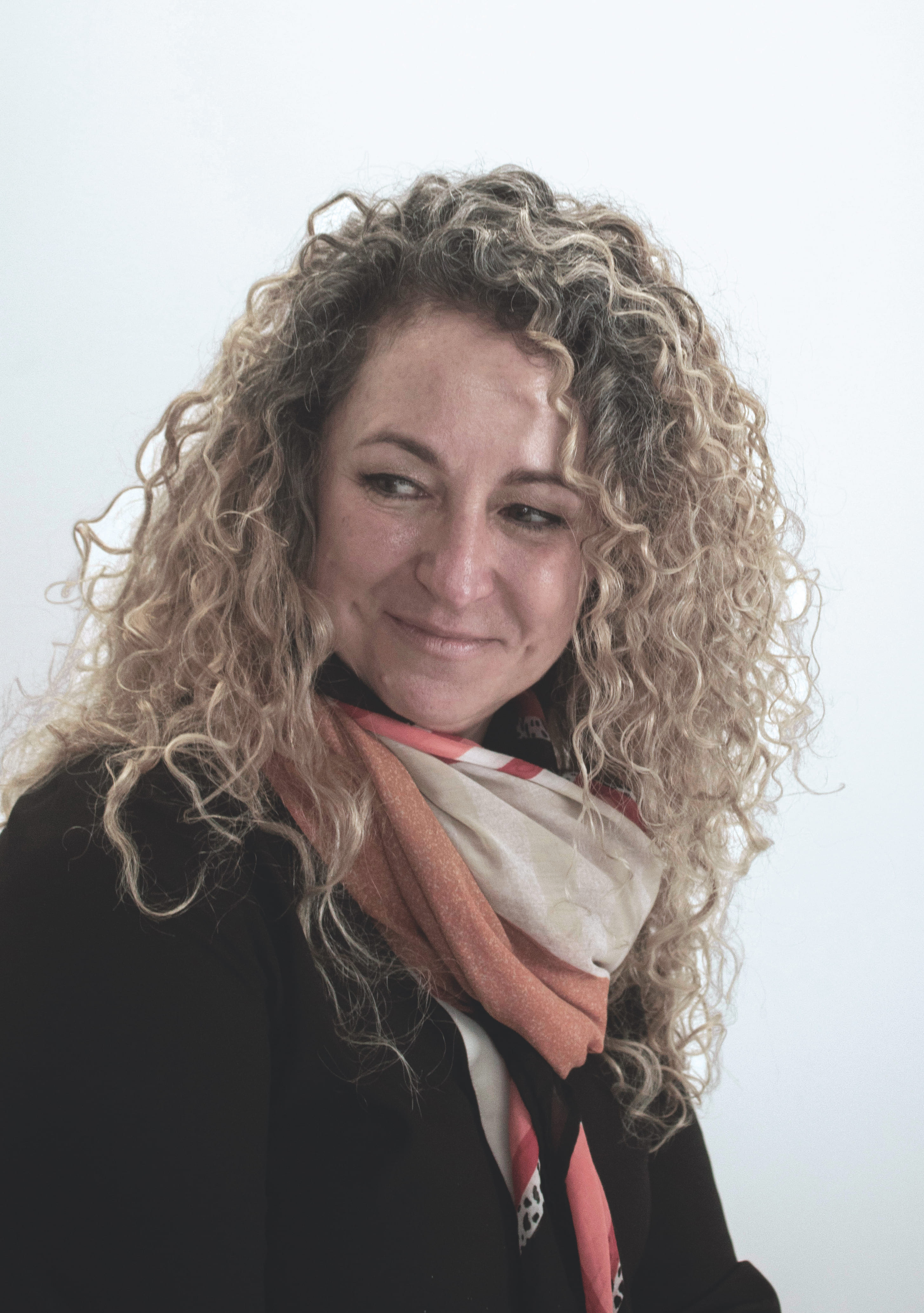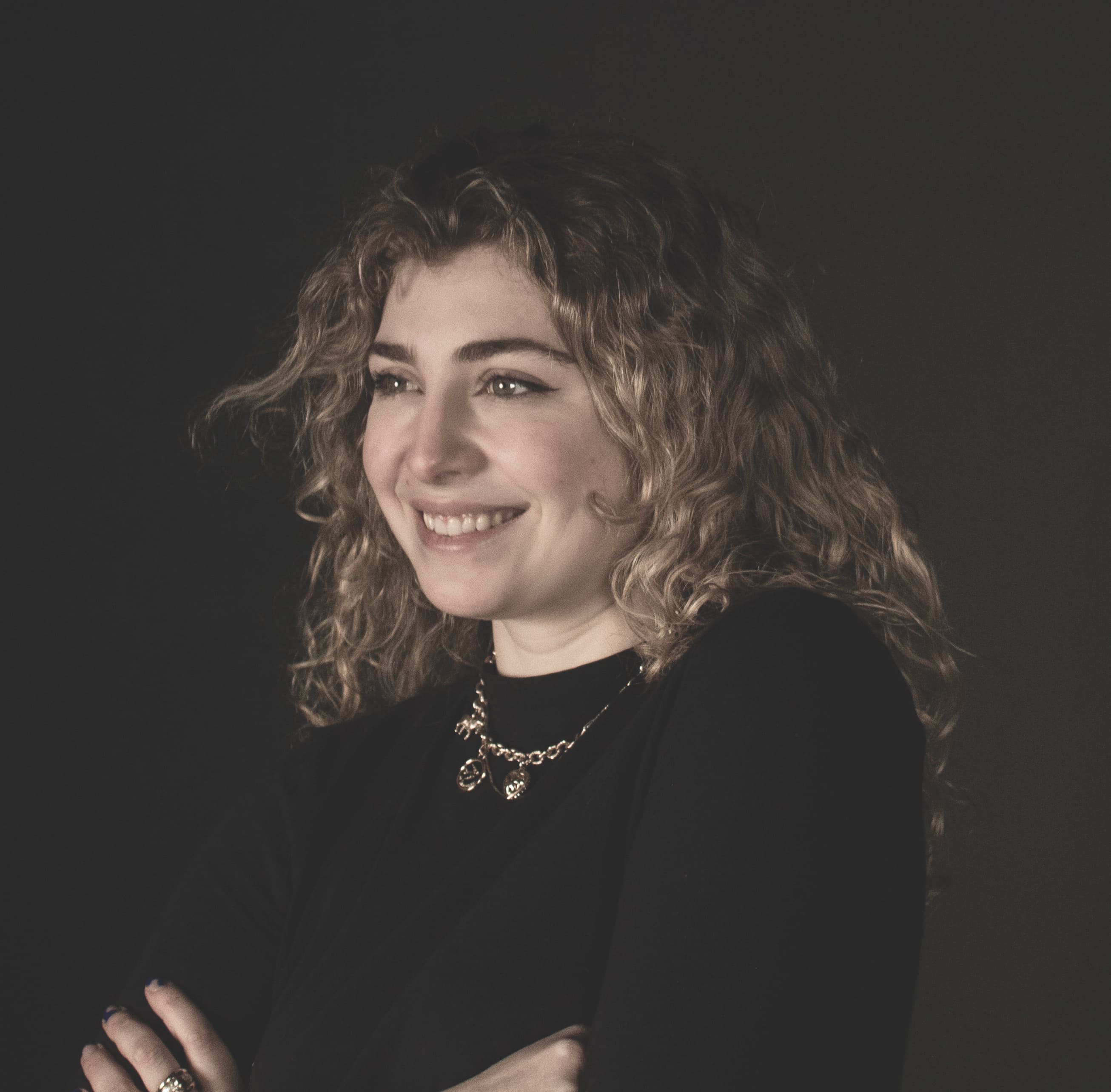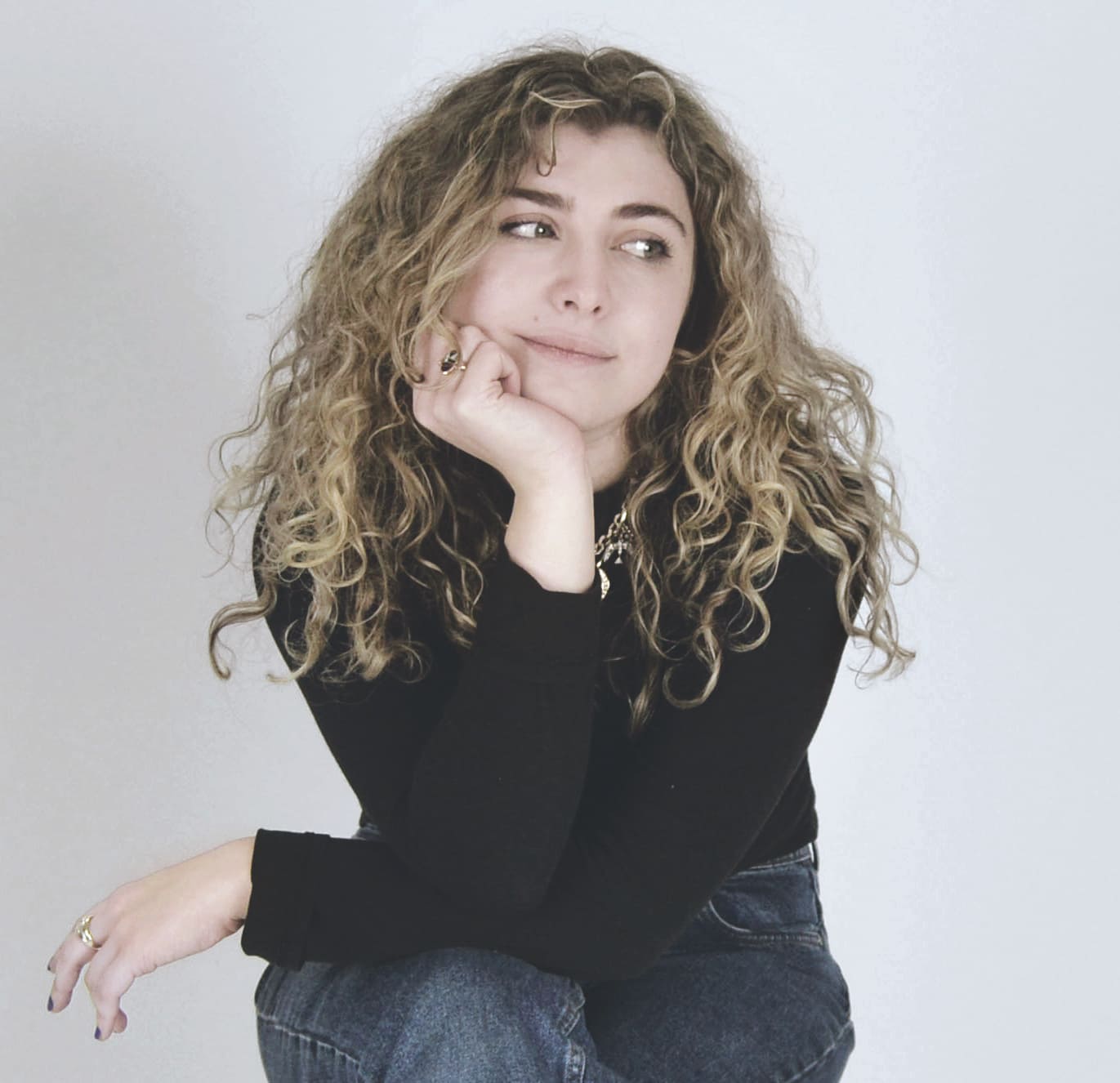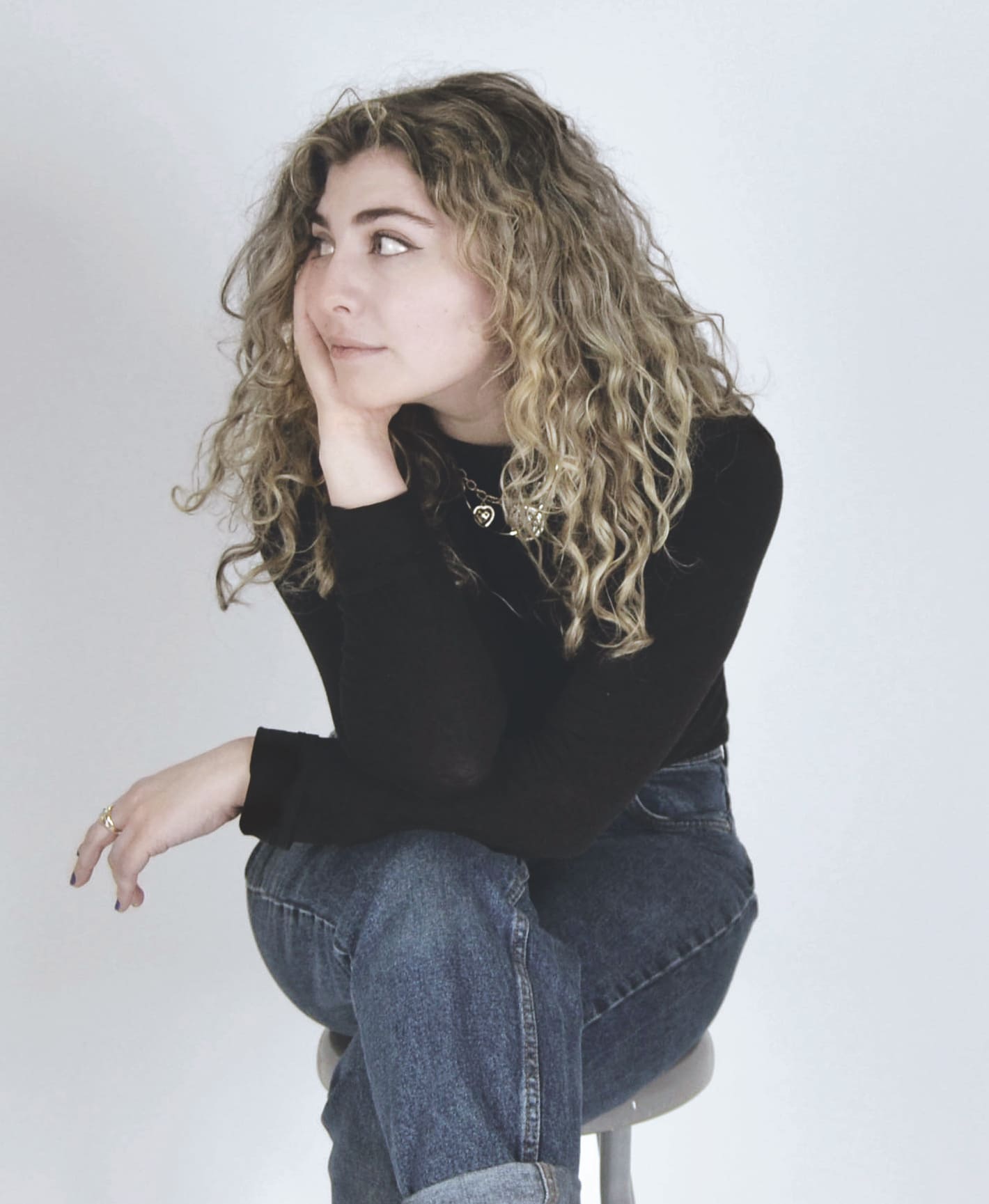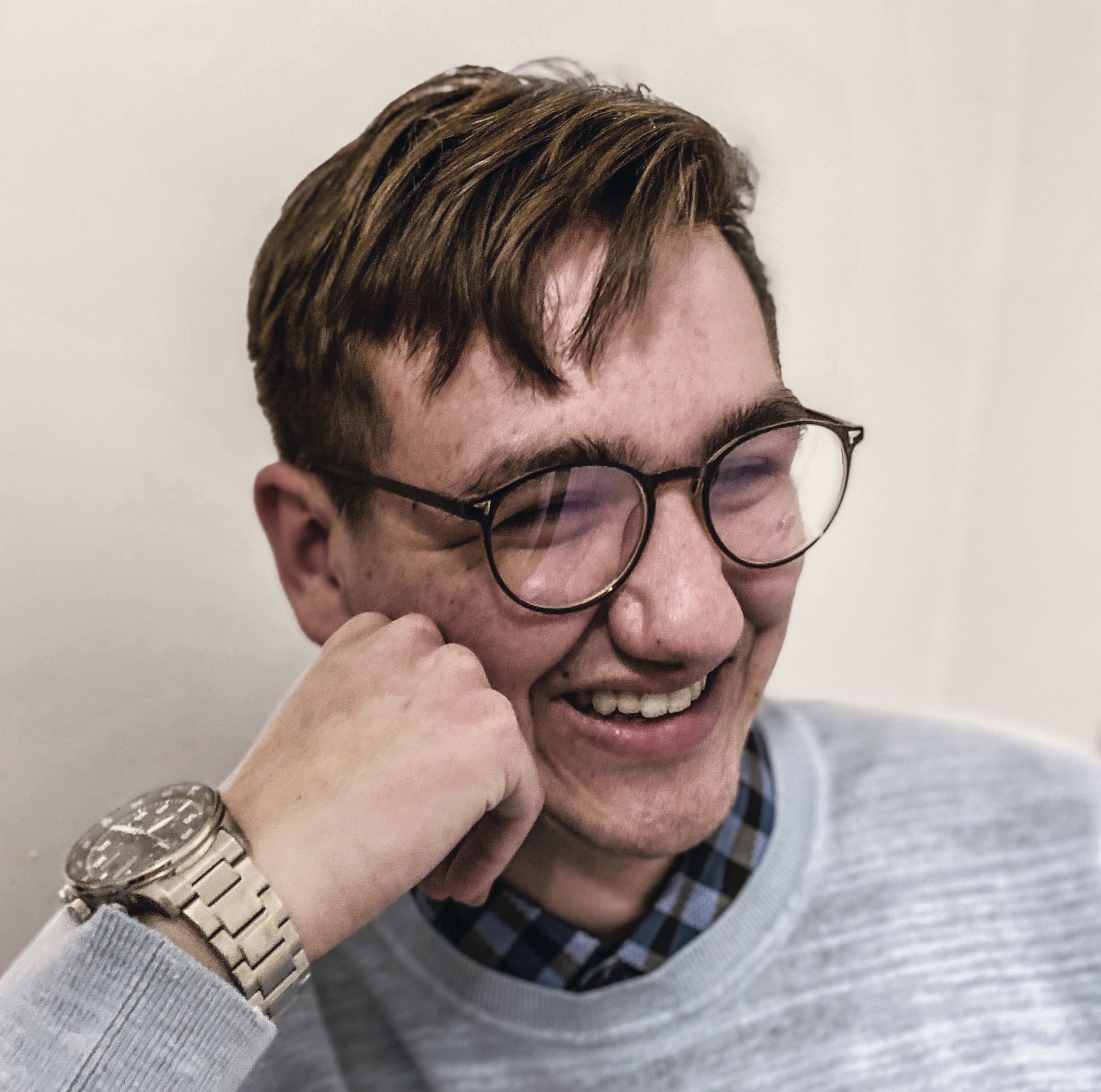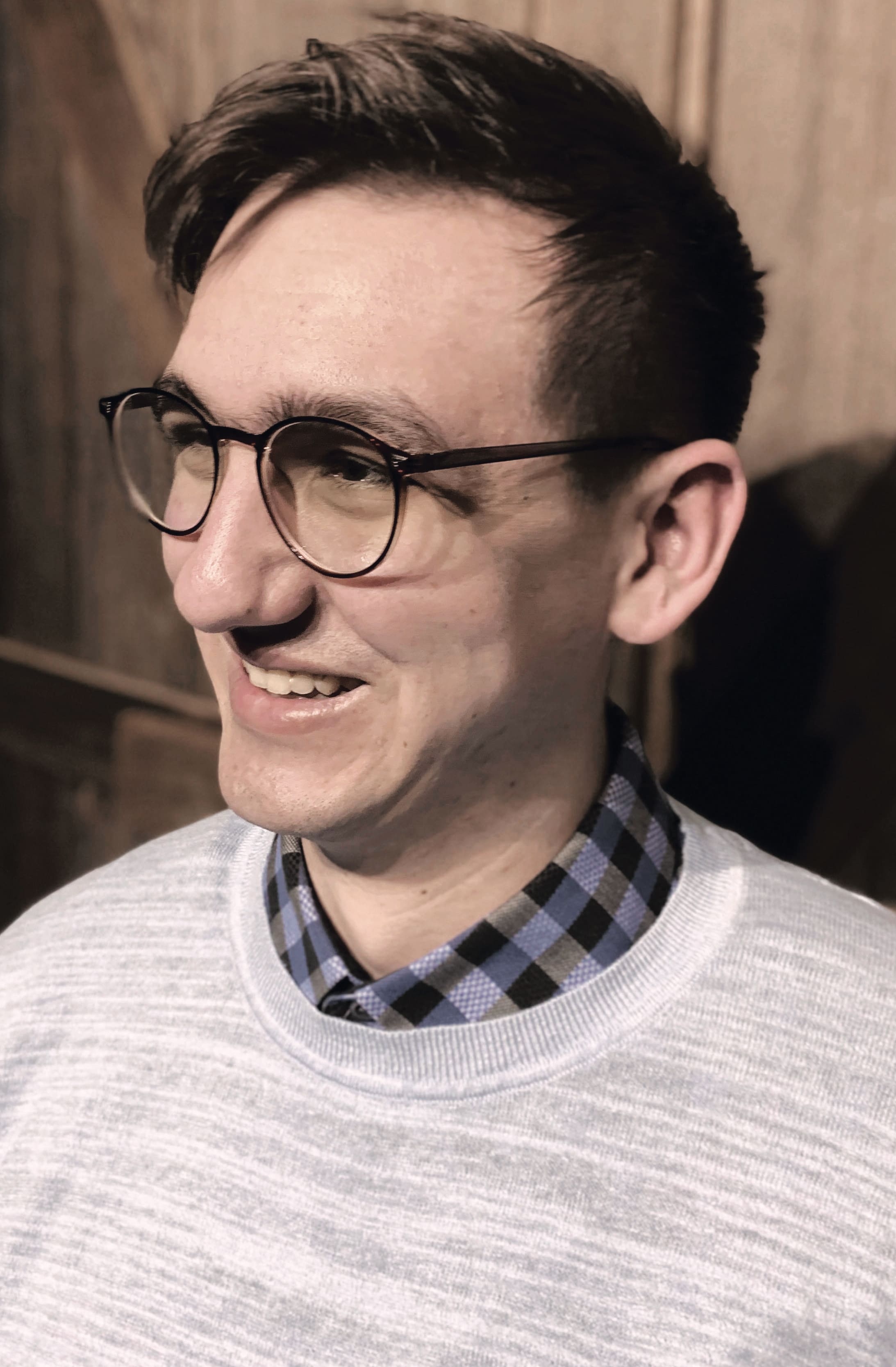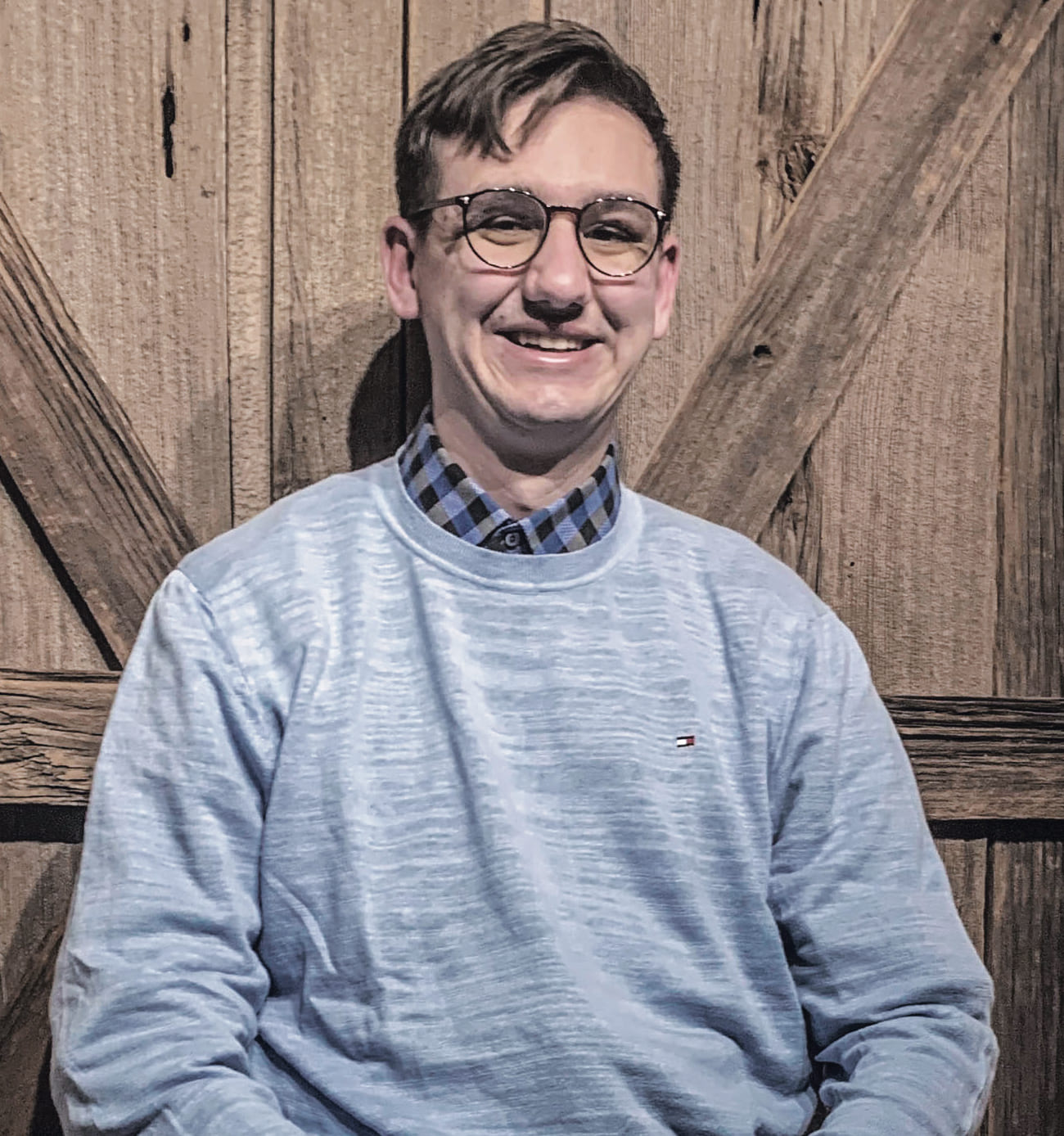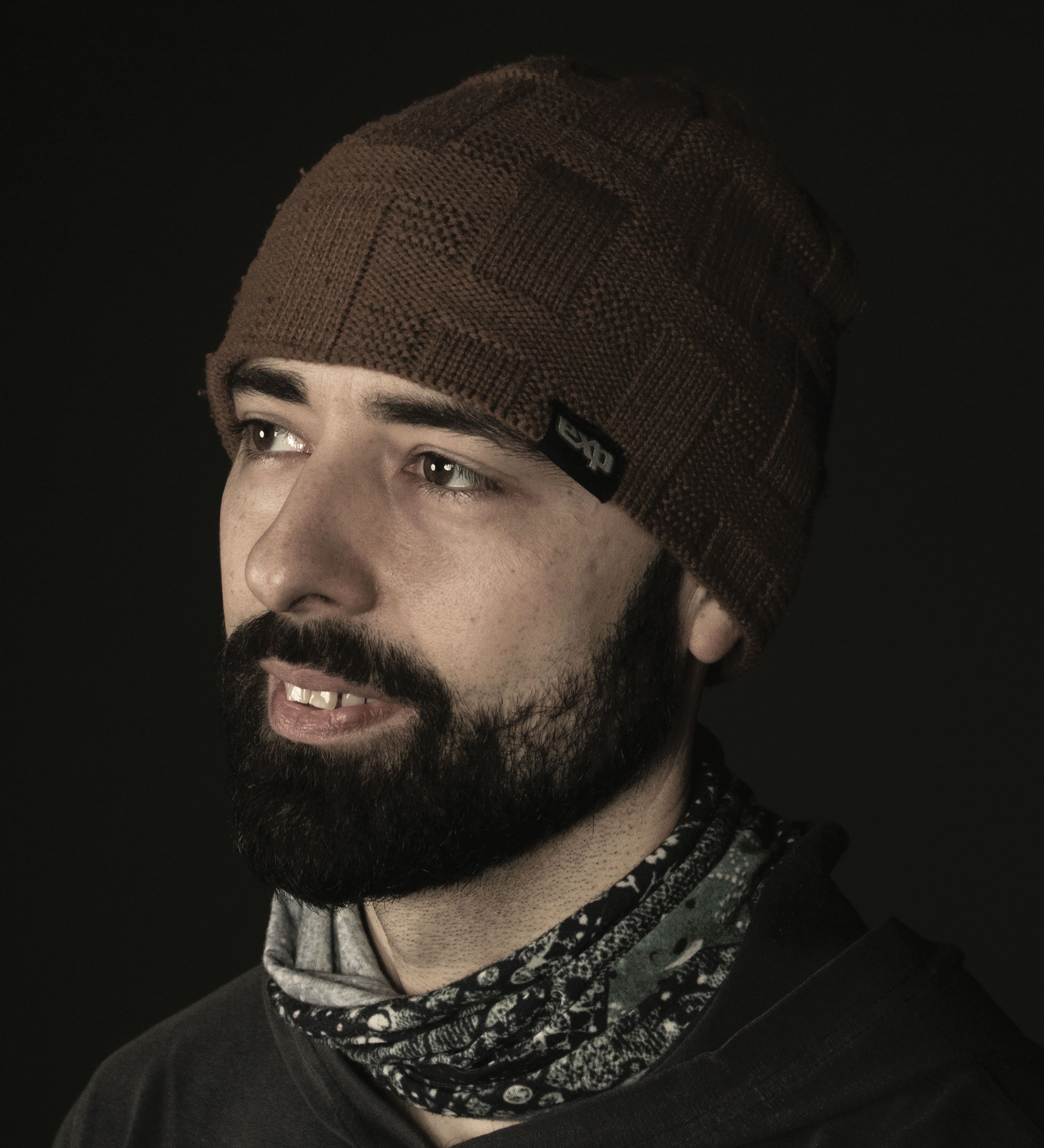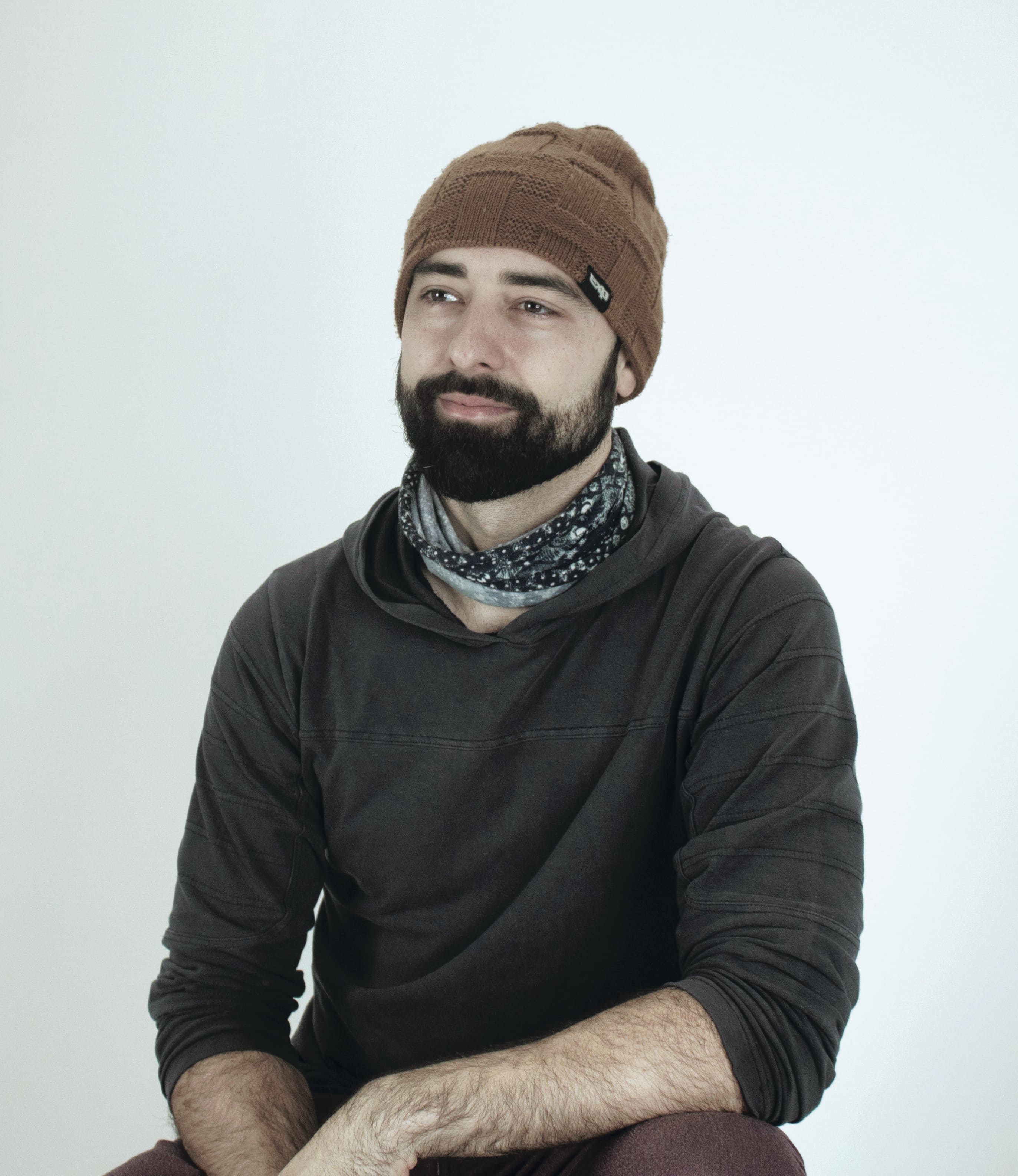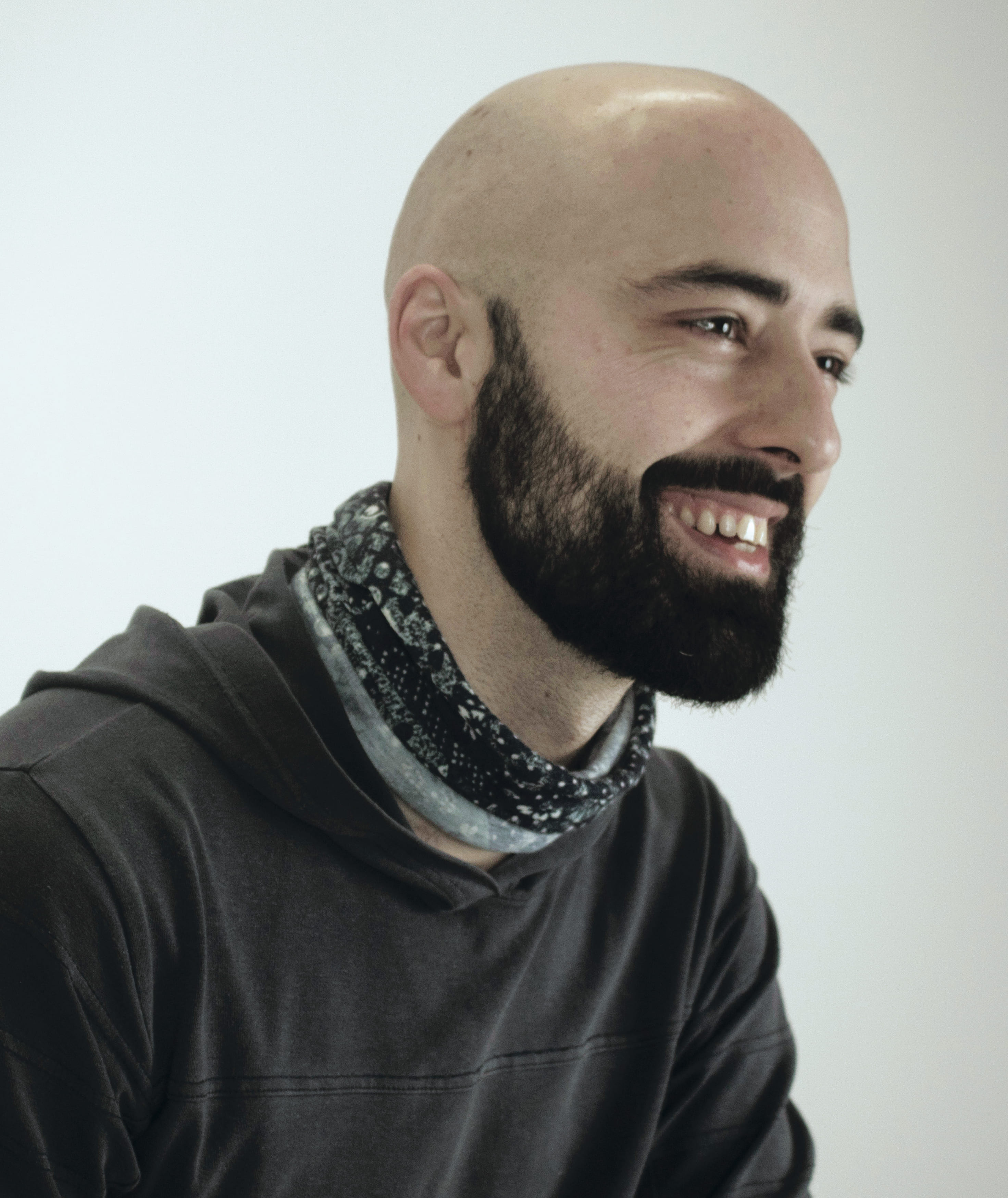
EXPOSITION VIRTUELLE DES
FINISSANT.E.S EN BEAUX-ARTS
31 mars au 17 avril, 2021
Les réalisations artistiques qui composent la 23e exposition des finissantes et finissants en beaux-arts de l’Université Bishop’s positionnent l’intuition comme le dénominateur commun au sein du processus créatif de cette pléiade de jeunes artistes. L’exposition Intuition atteste de cette persévérance à vouloir matérialiser une idée qui, initialement, peut sembler abstruse et donc difficile à communiquer. Dans le cadre de cette exposition, l’intuition est l’instigatrice et la gardienne fidèle de l’entêtement de ces artistes à ne pas démordre de leurs convictions. Le point culminant de tous les efforts mis par ces étudiant.e.s au cours de la dernière année vous est présenté en salle à la galerie d’art Foreman, ainsi que sous forme d’une exposition virtuelle.

intuition
Quelle tâche ardue et complexe pour des finissantes et finissants en beaux-arts que de tenter de définir pour autrui l’essence de leur pratique artistique. Il est tout aussi exigeant de se hasarder à retracer précisément la genèse d’une œuvre, de s’évertuer à justifier ses choix de façon objective ou bien de s’ingénier à expliquer une épiphanie. Il s’agit d’un apprentissage en soi que d’arriver à concrétiser sa pensée ou matérialiser une émotion tout en s’astreignant aux limites qu’imposent les mots et la matière.
continuer la lecture
Voilà ce à quoi ont été confrontés les artistes émergents présentés dans le cadre de cette exposition, alors qu’ils ont dû se prêter au jeu de l’articulation de leur démarche. Car, comme l’affirmait l’écrivain Maurice Maeterlinck, dès que l’on met quelque chose en mots, étrangement, on le dévalue. Ce lauréat du prix Nobel de littérature parvient paradoxalement à illustrer cette idée à l’aide d’une image d’une limpidité toute cristalline : il imagine quelqu’un plongeant au plus profond des abysses avec l’intention d’en émerger les mains pleines du trésor qui y scintille. Ce n’est qu’une fois remonté à la surface que le plongeur s’aperçoit qu’il ne tient au creux de ses mains que breloques et éclats de verre. Pourtant, le trésor continue de briller dans l’obscurité sans en être le moindrement altéré. 1
Le trésor de Maeterlinck propose une interprétation allégorique de l’intuition créative. Œuvrant telle une force tranquille à l’intérieur de soi, l’intuition y fait naître idées, solutions et plans d’action en dehors des balises imposées par la raison. Or, lorsqu’on tente d’extérioriser ce processus décisionnel en le verbalisant, on prive l’intuition de la conviction instinctive qui la caractérise, puisque la communication engendre nécessairement la rationalisation de la pensée. Accepter de se laisser guider par son intuition nécessite de la confiance, car cela exige d’embrasser l’inconnu et d’aller à l’encontre des conventions, et même de prendre le contrepoint de ce que commande sa propre raison.
Les réalisations artistiques qui composent la 23e exposition des finissantes et finissants en beaux-arts de l’Université Bishop’s positionnent l’intuition comme le dénominateur commun au sein du processus créatif de cette pléiade de jeunes artistes. En complémentarité à la subtile mais indéniable présence d’une influence intuitive sur la pratique de chacune et chacun, le corpus d’œuvres signées par les membres de cette cohorte au terme de leur parcours universitaire témoigne également du savoir inculqué par leurs professeurs et professeures. Maintes influences artistiques affleurent à la surface des pratiques rassemblées dans cette exposition, et il est possible de sentir l’empreinte laissée par les innombrables heures passées en studio à peaufiner un langage visuel et à expérimenter avec différents médiums. La dimension hétérogène de cette exposition, portée par la disparité des thématiques abordées, ainsi que la diversité des approches plastiques, accentue l’individualité de ces sept participantes et participants et dévoile la variété des chemins sur lesquels leur intuition créative les a menés.
Constituée d’un amalgame de sources d’inspiration et d’idées auxquelles s’allient curiosité et vision de ce qui pourrait être, l’intuition possède la capacité d’agir à titre de puissant moteur métaphorique au sein de l’acte créatif. Exempte de préjugés, souvent non conformiste, elle a également le pouvoir de chambouler les certitudes. L’intuition intervient tout au long du processus évolutif de ces artistes en devenir, qu’elle confronte à des perspectives et à des pratiques jusqu’alors écartées qu’elle les incite à revisiter. Elle leur fait également miroiter le potentiel inexploré d’avenues qu’ils et elles n’ont encore osé emprunter. Ce phénomène se manifeste différemment chez chaque personne, mais explique ce qui peut conduire à se garer sur le bord de la route pour ramasser ce que d’autres ont cru bon jeter ; à photographier une vulgaire tache sur un véhicule ; à s’intéresser à la banalité du quotidien et des individus qui le peuplent ; à combiner des matériaux disparates ; ou encore à voir la symphonie que peut composer un agencement de couleurs incongrues.
L’exposition Intuition atteste de cette persévérance à vouloir matérialiser une idée qui, initialement, peut sembler abstruse et donc difficile à communiquer. L’élaboration d’un projet artistique s’accompagne d’un sentiment d’incertitude qui, parmi d’autres facteurs clés, soumet l’idée embryonnaire à une myriade de mutations. L’intuition est l’instigatrice et la gardienne fidèle de l’entêtement de ces artistes à ne pas démordre de leurs convictions. Ainsi, l’intuition s’intègre à l’ADN des créations d’Allister Aitken, Chantal Lafond, Francine Ethier, Lara Dion, Lily Rousseau, Nicholas Gibbs et Steve Breton. Elle est l’empreinte génétique, révélatrice de l’identité de chacune et chacun à travers son art.
Amélia Poirier, commissaire étudiante
- Maurice Maeterlinck, Le Trésor des humbles, Paris : Société du Mercure de France, 1896.
Consulter l’opuscule de l’exposition
Voir la mise en place et la présentation de l’exposition
Aperçu de l’exposition POP-UP Seconde vue du ArtLab
PRÉSENTATION DES ÉTUDIANT.E.S
ALLISTER AITKEN
Originally from Cornwall, Ontario, Allister Aitken came to Bishop’s with a passion to pursue a double bachelor’s in Secondary Education and Fine Arts along with a minor in teaching French as a second language.
Although employing several mediums during his studies, he particularly enjoys using acrylic and watercolour paints and uses landscapes or popular culture as main sources of inspiration for his works. Not only will his graduation piece bring together both of these themes, but will also celebrate a milestone in his career as an artist.
Démarche artistique
Allister Aitken’s art practice consistently conflates landscape with popular culture representation in video games and comic books. Aitken recognizes that natural life and habitats are constantly changing and that each component within nature is singular; it tells its own story of how it has grown and suffered through its environment. This naturalistic reality is reflected in his work with capturing intricate details.
His fascination with video games harkens back to his youth, where he enjoyed submerging himself in these elaborated and dream-like worlds with remarkably designed characters.
Aitken also appreciates how they not only prove to be a form of entertainment, but an engaging experience that allows him to realize the artistic value that constructs these games. His heavy appreciation also translates into his love for comic books, which carry similar values to that of video games, but present more comprehensible illustrations with vivid colour schemes and dynamic techniques that immortalize various forms of action. His exposure at a young age to the vibrant works of Jackson Pollock and Vincent van Gogh also helped him understand how colour and brushwork techniques can be utilized to create greater movement in his artwork. It also oriented him towards mediums which he enjoys analyzing. These are all factors that contributed to his development as an artist and forged his practice over time.
CHANTAL LAFOND
Sometimes you see a person that stands out from everyone else for some reason. They’re so striking that you’re compelled to recreate them, at least Chantal Lafond is.
Inspired by people in her life and by her favorite TV characters, Chantal creates figurative art that investigates beauty and individuality. Recently, she has been focusing on women in particular, and how they’re perceived by society. Her favorite mediums to work with are painting and drawing, although lately she has been investigating embroidery and textile art, which are often seen as a “women’s craft”.
Démarche artistique
Chantal Lafond draws inspiration from magazines, books, and personal experiences to create figurative paintings that examine the psychology of her subjects. Recently, she has been exploring mixed media in combining acrylic paint, drawings, and embroidery.
She uses expressive techniques such as dripping acrylic washes, bright colour combinations and bold brush strokes, on both primed and unprimed canvas. Lafond then graphically hand embroiders the surface of her works, emphasizing the inner features and moods of her subjects. Her aim is to create paintings which capture the essence of an individual in a frozen moment of time.
FRANCINE ETHIER
Frankie (Francine Ethier) is currently pursuing her bachelor’s degree in Fine Arts with honours at Bishop’s University. She has received scholarships from O.H. De Sevigne Scholarship in the Creative and Performing Arts for excellence and was selected as a member of Bishop’s Honours Society for 2019–2020.
Her body of work consists of 2D and 3D works in various materials and have been selected for group exhibitions in the following galleries: Art Mur in Montreal in summer 2020; Le Tremplin in Lennoxville; Ye Olde Blacksmith in Stanstead Quebec in 2019; and mp trésart Gallery in South-Durham, Quebec in 2018. She has also participated in many exhibitions in the Montreal region. Through her sculptures and fiber art, she tells stories of entanglement between body and mind.
Démarche artistique
Francine Ethier‘s artistic focus is to give a second life to materials and found objects that would otherwise be discarded and end up in our landfills. Her inspiration starts from a single element that attracts her attention. She then searches, and handpicks various items for their unique colours, shapes, volume, or textures. Frankie’s distinctive designs intends to offer the viewer a joyful, elegant, intricate, and refined vibe.
She constructs sculptural form with the intent of creating anew what is often considered useless, and unwanted. Frankie’s avid belief in upcycling is a modus operandi she learned from her mother’s long-time creative practice. With her transformative technique, Frankie hopes to inspire others to do the same. To look for the hidden jewels of those too easily discarded items and bring new structures to existence. She thus restores value to the residual after effect of consumption.
LARA DION
Her passion for the arts is deeply rooted in the need to understand and visualize the world around her. Drawing inspiration from the urban space, her paintings examine the construction and representation of identity. Her large scale works interact with a number of different mediums, creating dynamic and textured compositions.
Démarche artistique
Lara Dion is driven by the polar opposites of anonymity and community. Her paintings tackle the visualisation of identity. She draws her inspiration from the concrete colour schemes, forms and textures that can be found in the urban space, addressing its presence and impact on the construction of individuality.
She manipulates form in order to represent contrasting elements that make up a person, such as patterns and routines versus spontaneity and chaos, actively engaging in the duality that is generated in order to create a dynamic composition. Her large-scale paintings emphasize spatial awareness, both subjectively and objectively, through techniques of layering and displacement.
Dion’s multimedia paintings embody the versatile nature of the individual under the lens of the urban space.
LILY ROUSSEAU
Through her studies in History, she is often influenced by traditional painting techniques and traditional subject matter. She intends to pursue a certificate in art restoration and a master’s in Art History in Italy next year.
Démarche artistique
Lily Rousseau’s artistic process seeks to reveal existentialist thoughts using diverse media such as painting and sculpture, and accounts for her personal understanding of the abstract concepts of time and place. Through her art, Rousseau expresses her self-growth, which is inextricably tinted by her experiences of displacement and adaption to different cultures.
Rousseau’s main focus is to incorporate natural elements, mainly flowers and human bodies, into her compositions as symbols of her experiences of displacement. An expressionist influence can be sensed in her use of bright colours as a means to depict forceful emotions. Through this technique, she visually renders the space she currently finds herself in. Her latest painting manifests an increased inclination towards creating a sense of dynamism in her work.
NICHOLAS GIBBS
As an artist, he practices drawing, sculpting, and painting using his personal photographs as a reference. His favorite subjects are people and natural landscapes. He looks forward to taking part in the 2021 Foreman Art Gallery Art Show. Upon graduation, He plans on becoming an art teacher, where he intends to share his passion for art, the creative process and how to properly succeed in the topic of art.
Démarche artistique
Nicholas Gibbs’s artistic work focuses on landscapes, based on personal photographs of local nature. He uses photography as a means of self- expression, as a way of getting to know himself, by exposing hidden qualities in order to better understand his own reality and express his interpretation of the world. Gibbs’ images represent surrounding beauty, capturing scenes that can never be replicated again since our world is constantly evolving and changing. The camera acts as a tool to create memories by probing unexplored worlds, places of curious self-expression, opening up new chances, new beginnings, and most importantly new stories.
Gibbs’ artworks often tie in his knowledge of art history as he explores different techniques and art movements (such as the photographs of Diane Arbus, Man Ray and Walker Evans among others), while also taking into account the historical representation and importance of the camera obscura and the invention of photography. His photographs probe the world around us, documenting landscapes, portraits, and events.
STEVE BRETON
Steve’s works have been exhibited since 2000 in Quebec, Montreal, Ontario, on the Web, at the University of Sherbrooke, Ye Old Blacksmith (Stanstead 2019) and at his current university’s Open House exhibitions.
Démarche artistique
Steve Breton marvels at the vast potential of artworks lying dormant in his immediate environment, which he discovers and selects to play with and form new compositions. Influenced by phenomenology, he seeks, through digital photography, to create compositions that would allow such an experience to the viewers. More concretely, he uses minimal computer-generated effects, such as the rotation and reflection of four identical images around a central frame, to establish visual connections between copies of the same subject, allowing for harmonious cohesion, suggesting an immersive experience. Through this book-matching technique Breton is able to create a mirror effect that multiplies the initial surface towards infinity.
Steve Breton believes that by fostering unexpected pictorial combinations, a single image can reveal new readings when rearranged as such. To enrich the vividness and deepen the study of this visual endeavour, Steve uses large format prints that help him channel the contemplative instance, promoting a solemn gaze as a means of activating consciousness and open-mindedness. The reconfiguration of the initial state of an image takes form, in his work, through a curious exploration of diverse approaches and a wide range of interests, mainly oriented towards representing inter-dimensional realities. By doing so, Breton seeks to leave the viewer with the impression of looking at a new phenomenon.
